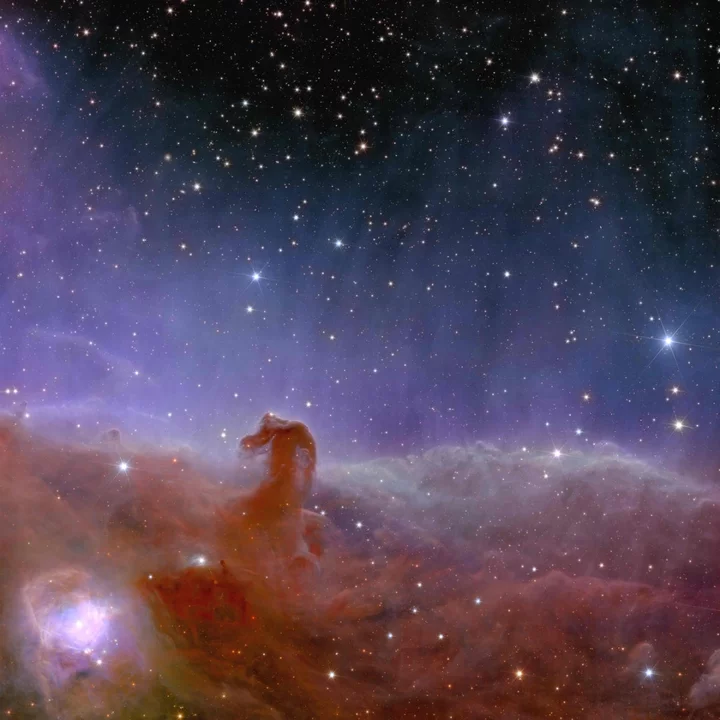
New telescope reveals stunning images of the universe as it has never been seen before
The Euclid space telescope has revealed its first full-colour images, showing the universe as it has never been seen before. The five images, taken by the European Space Agency’s newly launched flying observatory, show the shining lights of distant galaxies. Scientists hope they will also prove useful in better understanding those galaxies, which includes some of the most massive structures in the known universe. Many of the galaxies have never been seen before. And much of the information in them could help explain mysteries such as dark energy and the expansion of the universe. The images released on Tuesday include one of the Perseus cluster of galaxies which shows 1,000 galaxies belonging to the cluster, and more than 100,000 additional galaxies further away in the background. Many of these faint galaxies were previously unseen, and some of them are so far that their light has taken 10 billion years to reach us. Another image captures the spiral galaxy IC 342, nicknamed the Hidden Galaxy, because it is difficult to observe as it lies behind the busy disc of our Milky Way, and so dust, gas and stars obscure our view. One of the new pictures is of globular cluster NGC 6397 - the second-closest globular cluster to Earth, located about 7,800 light-years away. Globular clusters are collections of hundreds of thousands of stars held together by gravity. These faint stars tell us about the history of the Milky Way and where dark matter is located. To create a 3D map of the universe, Euclid will observe the light from galaxies out to 10 billion light-years. The first irregular dwarf galaxy that Euclid observed is called NGC 6822 and is located just 1.6 million light-years from Earth. And the fifth image shows a panoramic and detailed view of the Horsehead Nebula, also known as Barnard 33 and part of the constellation Orion. Scientists hope to find many dim and previously unseen Jupiter-mass planets in their celestial infancy, as well as young brown dwarfs and baby stars, in this new observation. Professor Carole Mundell, ESA director of science, said: “Dark matter pulls galaxies together and causes them to spin more rapidly than visible matter alone can account for; dark energy is driving the accelerated expansion of the universe. “Euclid will for the first time allow cosmologists to study these competing dark mysteries together. “Euclid will make a leap in our understanding of the cosmos as a whole, and these exquisite Euclid images show that the mission is ready to help answer one of the greatest mysteries of modern physics.” Rene Laureijs, the ESA’s Euclid project scientist, said: “We have never seen astronomical images like this before, containing so much detail. “They are even more beautiful and sharp than we could have hoped for, showing us many previously unseen features in well-known areas of the nearby universe. “Now we are ready to observe billions of galaxies, and study their evolution over cosmic time.” Euclid was launched on a SpaceX Falcon 9 rocket from Cape Canaveral in Florida on July 1. Named after the ancient Greek mathematician Euclid, the two-tonne probe made its way towards an area in space known as the second Lagrange point, where the gravitational forces of Earth and the sun are roughly equal - creating a stable location for the spacecraft. The UK has contributed £37 million towards the £850 million mission, with scientists playing key roles in designing and building the probe and leading on one of the two scientific instruments on board. Dr Caroline Harper, head of space science at the UK Space Agency, said: “These first colour images showcase Euclid‘s enormous potential, giving us incredibly sharp images of galaxies and stars, and helping us understand more about the impacts of dark matter and dark energy on the universe. “The UK has played an important role in the mission, leading on the development of the visible imager (VIS) instrument and on key elements of the data processing pipeline, funded by the UK Space Agency. “And this is just the start - UK researchers will be using Euclid data for many years to come to make significant new scientific discoveries about the composition and evolution of the cosmos.” Additional reporting by Press Association Read More Euclid space telescope releases first full-colour images of cosmos First full-colour images of universe captured by Euclid telescope revealed Watch again: ESA reveals first full-colour images of ‘dark universe’ from Euclid Tim Peake: Possibility of all-UK space mission a ‘very exciting development’ Strange purple light phenomenon ‘Steve’ spotted across UK skies Nasa sending VR headset up to ISS to treat astronaut’s mental health
2023-11-08 03:21
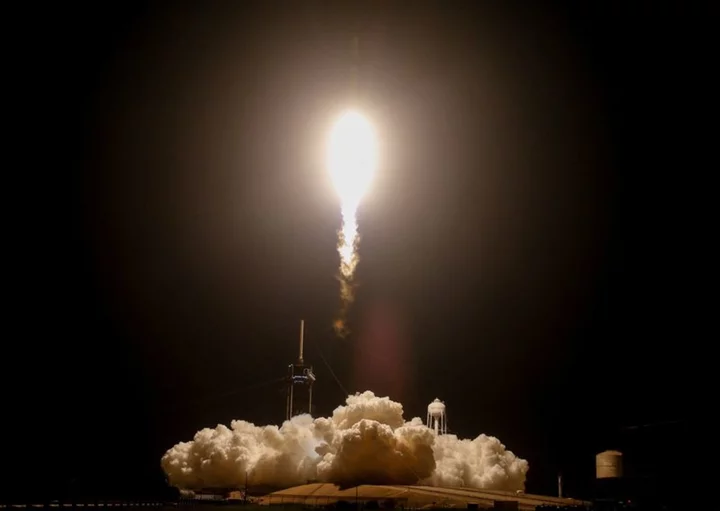
EU fine-tunes plan to launch Galileo satellites on SpaceX
(Reuters) -The European Union has struck a tentative deal to launch four Galileo navigation satellites using Falcon 9 rockets of
2023-11-07 22:55
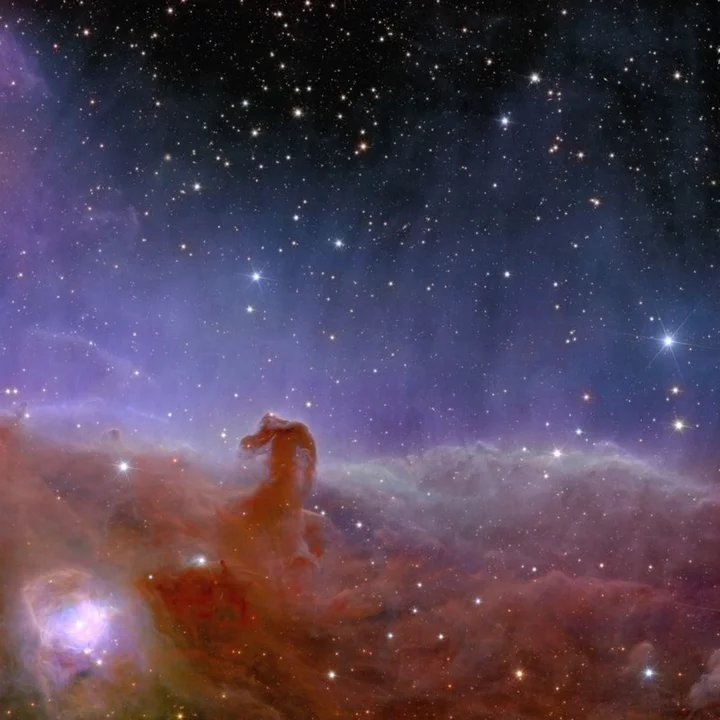
Star-filled Euclid images spur mission to probe 'dark universe'
By Tim Hepher PARIS European astronomers on Tuesday released the first images from the newly launched Euclid space
2023-11-07 21:15
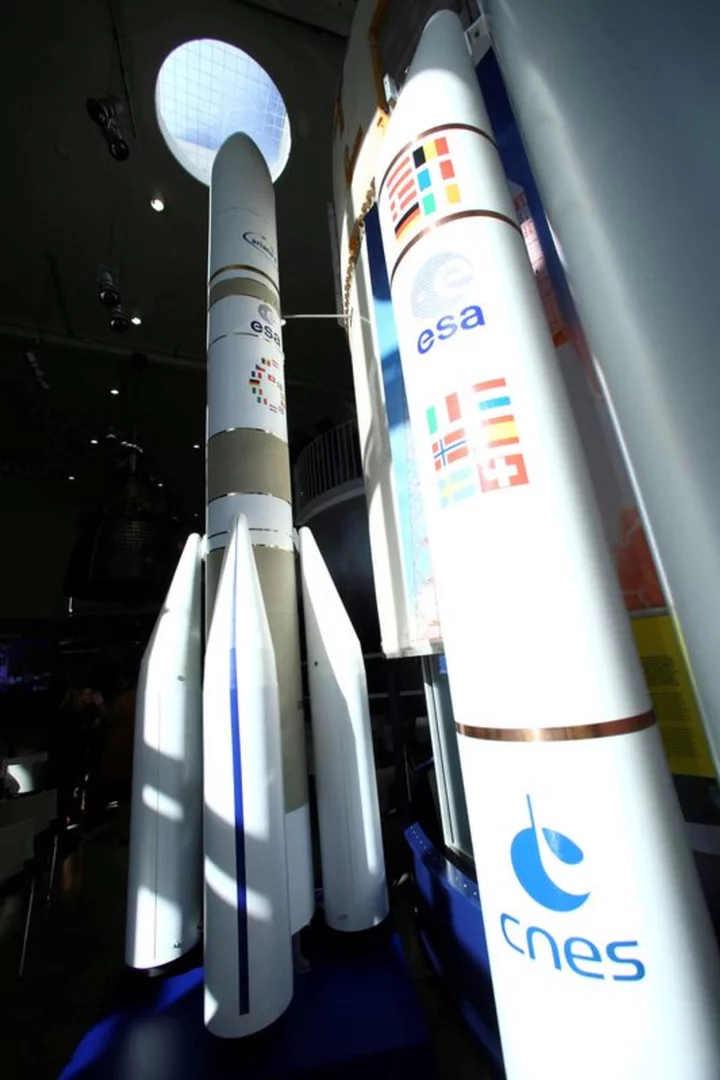
Europe targets competitive shake-up in space launch deal
(Moves expert quote from paragraph 7 to 15 to show he was referring to exploration project) By Tim Hepher and
2023-11-07 20:54

Europe's space agency boss sees progress on Ariane 6 launcher
By Tim Hepher PARIS Europe's top space official said on Tuesday there was "light at the end of
2023-10-31 23:25
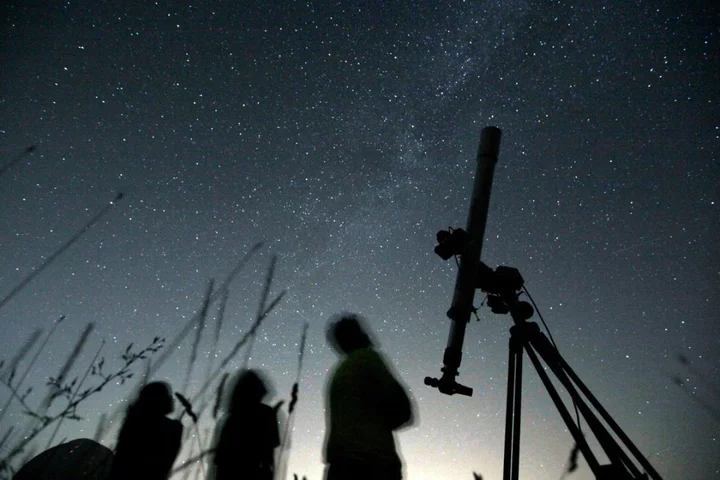
Infrared ‘aurora’ like northern lights spotted on Uranus could help find alien life, scientists say
Scientists have spotted an infrared aurora on Uranus that could help us find alien life. On Earth, aurorae are best known in the form of the northern lights, when bright light streaks across the sky. Uranus also has its own aurora – though it is not visible in the same way, because of the different atmosphere on that planet. Researchers have known about ultraviolet aurorae on Uranus since 1986. But now scientists have confirmed there are infrared aurorae on the distant planet, too. Scientists hope that the findings could help explain the magnetic fields of other planets in our solar system. And it could help us find out whether distant planets support alien life. Aurorae happen when charged particles arrive at a planet and hit its atmosphere, brought down through its magnetic field lines. To better understand those on Uranus, researchers analysed the light from the planet and watched for a specific charged particle that changes brightness depending on how how it is and how dense the atmosphere is, so that it can be used as a thermometer. The researchers found that the density of that particle significantly increased, which suggests they are being ionised by an infrared aurorae, they say. Scientists hope that will inform our understanding of other, similar planets, as well as which worlds might be suitable for alien life. “The temperature of all the gas giant planets, including Uranus, are hundreds of degrees Kelvin/Celsius above what models predict if only warmed by the sun, leaving us with the big question of how these planets are so much hotter than expected? One theory suggests the energetic aurora is the cause of this, which generates and pushes heat from the aurora down towards the magnetic equator,” said Emma Thomas from the University of Leicester, who was lead author on the new study. “A majority of exoplanets discovered so far fall in the sub-Neptune category, and hence are physically similar to Neptune and Uranus in size. This may also mean similar magnetic and atmospheric characteristics too. By analysing Uranus’s aurora which directly connects to both the planet’s magnetic field and atmosphere, we can make predictions about the atmospheres and magnetic fields of these worlds and hence their suitability for life. “This paper is the culmination of 30 years of auroral study at Uranus, which has finally revealed the infrared aurora and begun a new age of aurora investigations at the planet. Our results will go on to broaden our knowledge of ice giant auroras and strengthen our understanding of planetary magnetic fields in our solar system, at exoplanets and even our own planet.” The findings might also help explain a mysterious phenomenon on Earth known as geomagnetic reversal, where the north and south pole switch around. Scientists still know very little about that rare phenomenon, and how it might affect things such as satellites and communications. That process happens every day on Uranus, however. Researchers hope they can use its aurorae to get better data on the nature of that reversal – and what might happen if Earth has one, too. The findings are described in a new paper, ‘Detection of the infrared aurora at Uranus with Keck-NIRSPEC’, published in Nature Astronomy. Read More People don’t know their Uranus from Eridanus when it comes to astronomy Scientists find surprise ‘layer’ underneath surface of Mars Scientists see huge explosion in space – and it could explain life
2023-10-28 00:46

Putin aims to have Russian space station by 2027
President Vladimir Putin said on Thursday the first segment of Russia's new orbital station, which Moscow sees as
2023-10-27 07:50
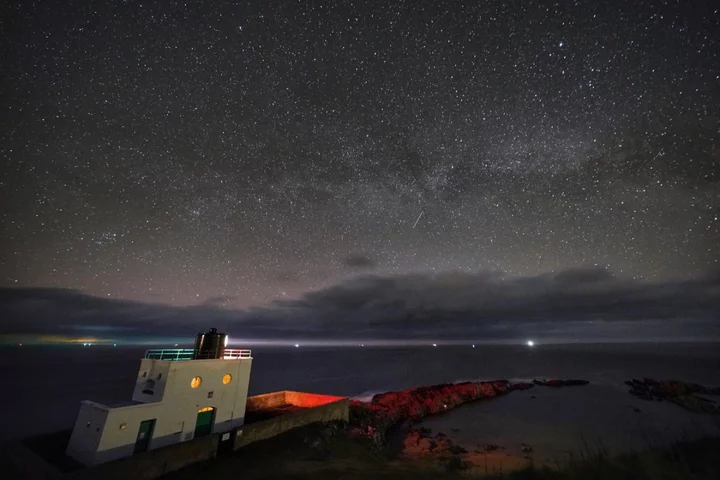
Scientists make the biggest simulation of our cosmos ever, with the mass of 300 billion galaxies
Scientists have created what they say is the biggest simulation of our cosmos ever. The virtual universe has the mass of 300 billion galaxies, packed into a space with edges ten billion light years across. Scientists hope that it will help tell us how the real universe that surrounds us first evolved. They could also help address problems in our understanding of physics that currently suggest we might have made deep mistakes about the cosmos. But the first results from the simulation suggest that it might not work: the findings do not get rid of the tensions between different observations about the universe that have proven so difficult to scientists. Researchers created the simulation, named FLAMINGO, by taking the vast amount of data that has been gathered by telescopes such as Nasa’s JWST and other projects. Those projects give information about galaxies, stars and the other arrangement of matter in our cosmos, which can then be fed into the computer. Researchers then hope that the computer can use that data to simulate the evolution and nature of our universe. That can then help resolve those fundamental difficulties we currently face in physics. One of those issues come from the current theory that the properties of our universe are decided by only a few “cosmological parameters”. We can measure those parameters very precisely. But scientists have run into issues because those parameters do not always match. For instance, there are multiple ways of measuring the Hubble constant, or the speed at which the universe is expanding – but those multiple ways show different results, and scientists have not been able to explain them. Scientists hope that the simulation can help explain or resolve that tension. But it is yet to do so. That is just one of the many ways that the creators of the FLAMINGO simulations hope that they can be used to better understand the universe and the observations that we have of it. It might also allow us to make new kinds of discoveries: the vast amount of data means that it can construct random, virtual universes and see how theories work in there, for instance. The work is described in three papers, all of which are published in the Monthly Notices of the Royal Astronomical Society today. Read More Scientists see huge explosion in space – and it could explain life Massive space explosion observed creating elements needed for life Tim Peake: Possibility of all-UK space mission a ‘very exciting development’
2023-10-26 01:50

Rock collected by Apollo 17 astronaut in 1972 reveals moon's age
By Will Dunham WASHINGTON During the Apollo 17 mission in 1972 - the last time people walked on
2023-10-23 20:23

Production woes plague earnings for Boeing, RTX and Spirit Aero
By Valerie Insinna and Pratyush Thakur WASHINGTON After a succession of production snafus, investors will question whether U.S.
2023-10-23 18:18
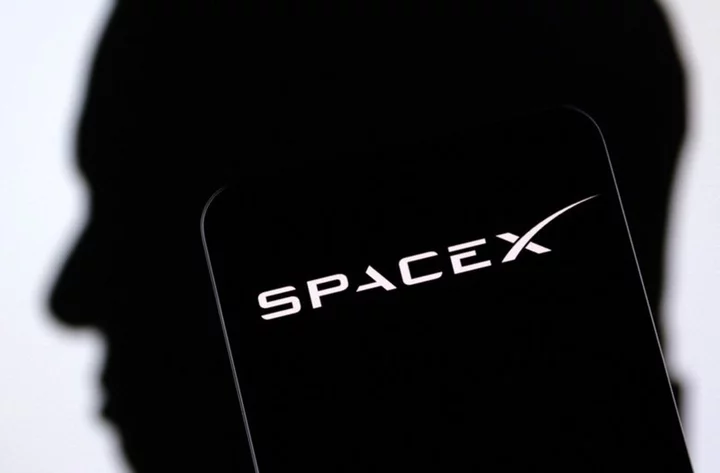
SpaceX signs deal to launch key European satellites - WSJ
SpaceX has signed a deal to launch up to four of Europe's flagship navigation and secure communications satellites
2023-10-23 16:58

India calls off crucial test in crewed space mission
MUMBAI (Reuters) -India on Saturday called off a key test in its ambitious crewed space mission Gaganyaan, the Indian Space
2023-10-21 12:19
